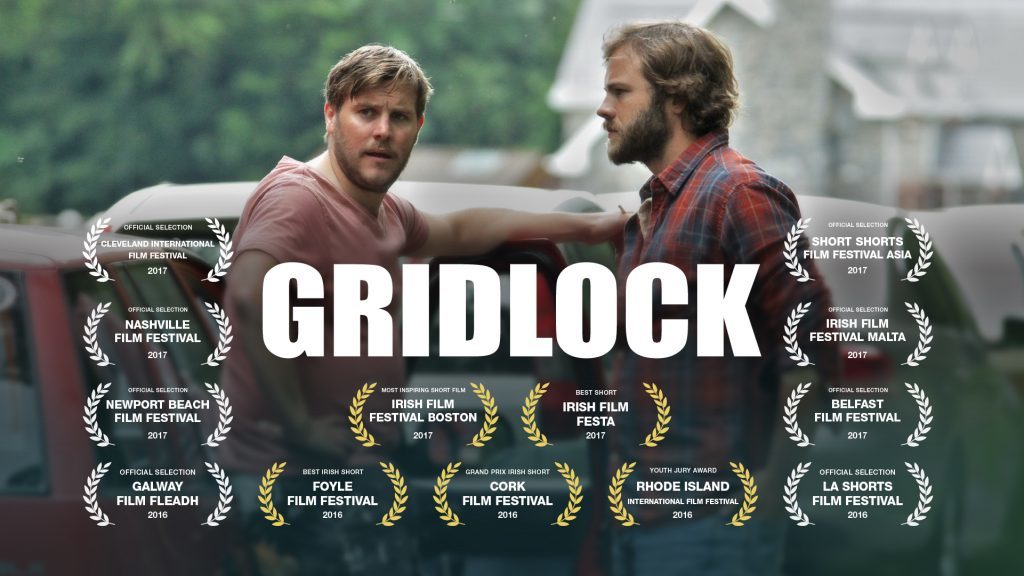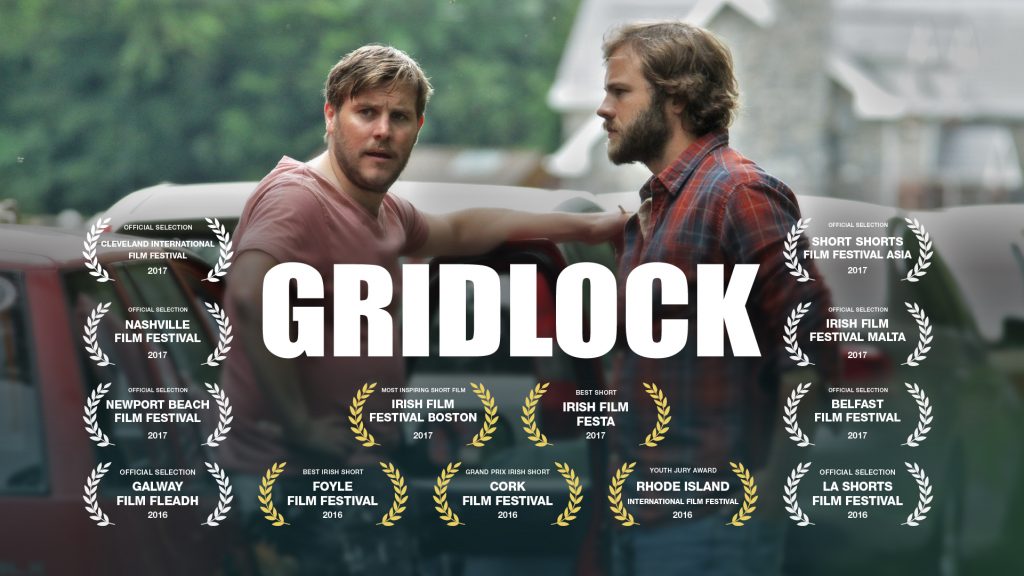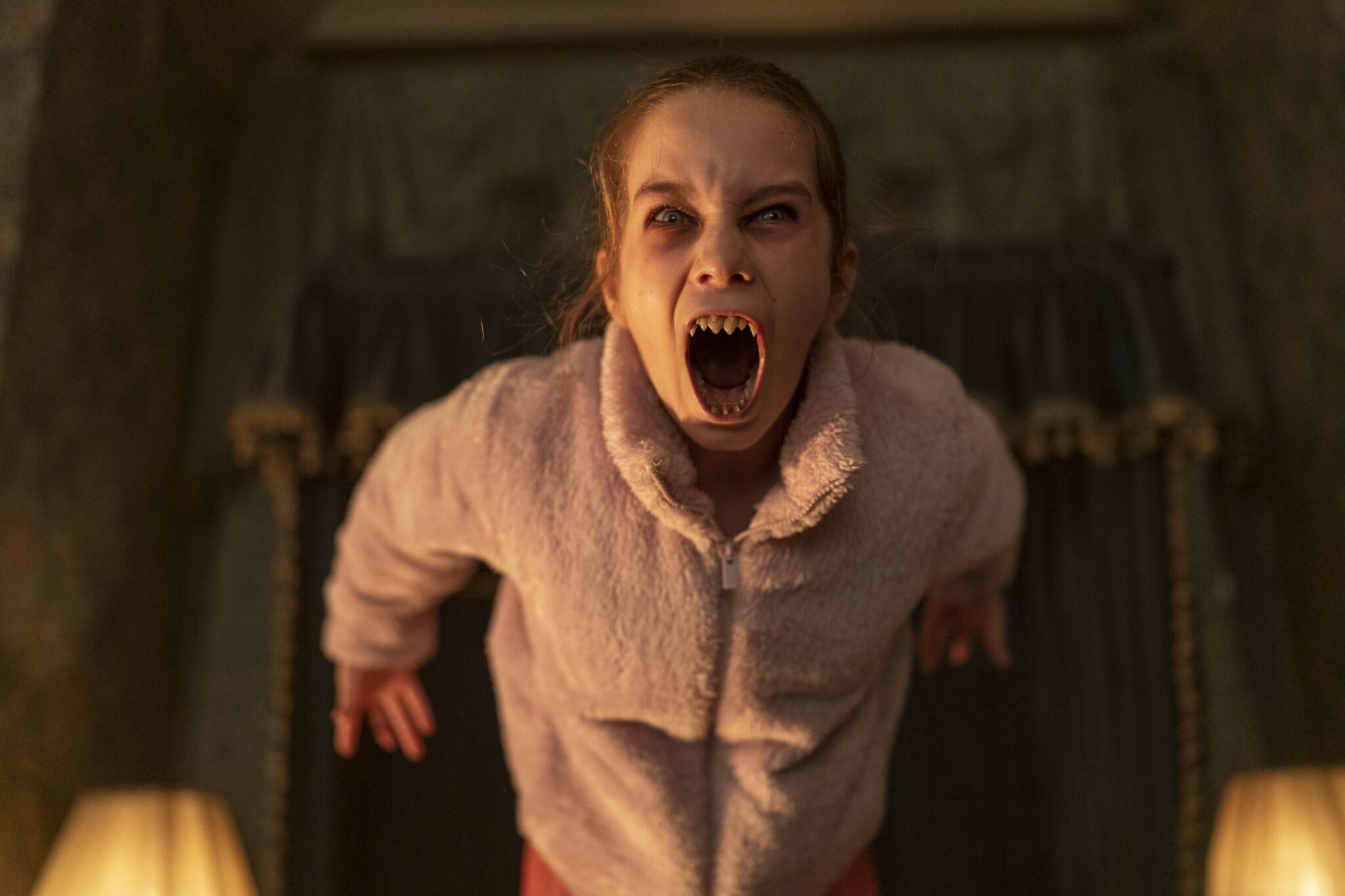 Ireland’s Ian Hunt Duffy directed a thriller told in less than twenty minutes, about a man who finds his daughter missing during a traffic stop and believes those around him must be involved. Few films of any length have had such emotional gravitas (and such a shocking ending) as this fantastic short film. To find out more, I caught up with the Irishman himself to discuss the film.
Ireland’s Ian Hunt Duffy directed a thriller told in less than twenty minutes, about a man who finds his daughter missing during a traffic stop and believes those around him must be involved. Few films of any length have had such emotional gravitas (and such a shocking ending) as this fantastic short film. To find out more, I caught up with the Irishman himself to discuss the film.
Please tell us a bit about your background in storytelling and film.
I was fascinated with film from a very young age. As a child, myself and my brother would spend countless hours filming short clips and videos with an old camcorder, or attempt to recreate scenes from our favorite movies. So I always had a passion for filmmaking, and I went to the National Film School in Ireland to study Film and Television Production. My first love is genre cinema, and I strive to make movies that grip the audience and keep them guessing. After Film School I set up my own production company in Dublin called Fail Safe Films, and over the last six years we have produced many award winning short films such as Small Time starring Alan Stanford and the IFTA Nominated and Academy Award? longlisted Love is a Sting, narrated by Ciar?n Hinds and written by Academy Award? winner Benjamin Cleary. I also directed a number of commercials, music videos, and an online comedy series called Talk It Out for the national broadcaster RT?, before directing?Gridlock.
What was the genesis of the idea for Gridlock?
I love high-concept thrillers that are set in a single location and I always wanted to do my own version. So Gridlock?was my attempt at an American-style thriller, but with a distinctly Irish feel. One day I was stuck in traffic and I thought it would be interesting to set a thriller entirely during a traffic jam and see what kind of suspense you could create in that restricted environment. From there I had the idea of a father whose daughter goes missing from their car, and that was the jumping off point for Gridlock.
What does the reaction of the people tell us about society as a whole? Share some thoughts on “group think.”
There’s a slight satirical element to it where you have different parts of Irish society coming together, and the traffic jam as a setting was a good way to throw together these people who wouldn’t normally interact. The posh couple initially look down on Peter Coonan’s working-class character, but end up being led by him. Whereas the man who refuses to let his car be searched can represent any outsider in society. He’s strange and different and easy to suspect, and he becomes a kind of blank slate that people can project their own fears and prejudices onto. But neither myself nor the writer Darach McGarrigle intended the characters to be merely symbolic, or just stand-ins for different parts of society. Gridlock has very a heightened situation, but we always wanted each character to feel like real people you could know. And they all come together, all these very different people, but in a negative way. They’re united by their fear and suspicion.
How does your story relate to the way that issues of fear, doubt, and circumstantial evidence influence our everyday decisions?
The main theme I wanted to explore in?Gridlock is paranoia and mob mentality taking over, and how dangerous prejudices and stereotyping can be. Throughout the film we see how easy it is for people to turn on each other when they’re scared and panicking. But they don’t just turn on each other indiscriminately, they band together and pick on those they see as weak or different, something that is particularly relevant given the current political climate.
Gridlock?also comments on how easily a victim can turn into a perpetrator, that sometimes people don?t always learn the right lessons from their own mistreatment. For example, there is a character in the film who initially is a victim of the mob and accused of taking the girl. But once cleared of suspicion, they immediately point the finger at others and vent their own prejudices.
The father’s relationship with the daughter draws the audience in. What is it about situations involving children that you think makes us more susceptible to being directed in a certain mindset or expectation?
It was important for me to put the audience in the protagonist?s shoes right from the outset. Losing a child is every parent?s worst nightmare and something that every viewer can immediately relate to and empathize with, and so became a strong catalyst for all the dangerous behavior that unfolds.
The central setup of a child vanishing in a crowded place is one wrought with real fear and emotion, and as one character notes, a child going missing is a painful everyday occurrence in the modern world. It?s a very primal fear, so as an audience member and a filmmaker you can immediately understand and attempt to justify the father?s actions as he desperately searches for his missing child.
Your story is a bit whodunit, a bit psychological thriller. How do you build those elements in a film that runs under twenty minutes long?
It all starts with the brilliant script by Darach. Once the mystery is established we tried to create as many potential suspects as possible, with each encounter building on the last and increasing the tension. We?re both fans of old television shows like The Twilight Zone?or?Alfred Hitchcock Presents, shows that managed to fit a huge amount of tension and suspense into a twenty-minute episode, so we knew it could be done and wanted to see what we could achieve with a short film, creating an exciting mystery for an audience to solve. In terms of my direction, it all came down to pacing and mounting on the pressure as the story builds. I wanted the characters to feel a sense of claustrophobia throughout the story even though they?re outdoors, so myself and my cinematographer Narayan Van Maele got as close to them as possible, really getting in amongst the mob and crowd during the action, closing the space in around you and utilizing a lot of big, frame-filling close-up shots of our actor?s faces to help exaggerate this oppressive feeling and increase the tension.
What do you hope that audiences will take away from the film?
I hope they were excited and surprised by the resolution of the mystery. I truly hope they got caught up in the ?whodunnit? guessing game of the story, and felt the tension and suspense throughout. And while Gridlock is certainly a heightened thriller, I hope that it makes a point about the real-world dangers of stereotyping and mob mentality that is ever present in today?s society.
Share some hopes and dreams for what comes next in your career.
I have another short film Low Tide which is in pre-production at the moment and will begin filming next year. I?m also currently developing my first feature film with?Gridlock?writer Darach McGarrigle. It?s another high-concept thriller set in a single location called Double Blind and will also feature an ensemble group of actors. We?re really excited about it. So going forward I just hope I get the opportunity to make work that excites me and that I?m truly passionate about, and continue to develop my own style and voice as a filmmaker.





